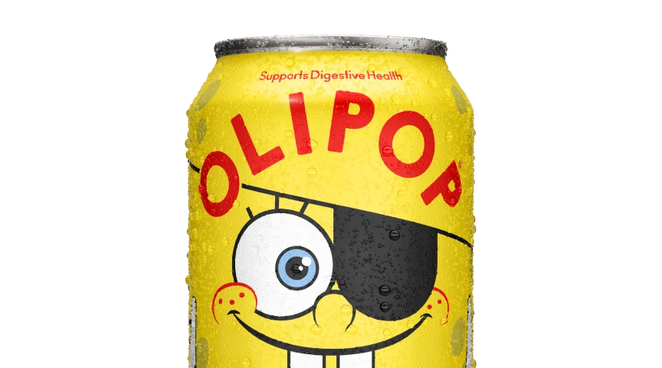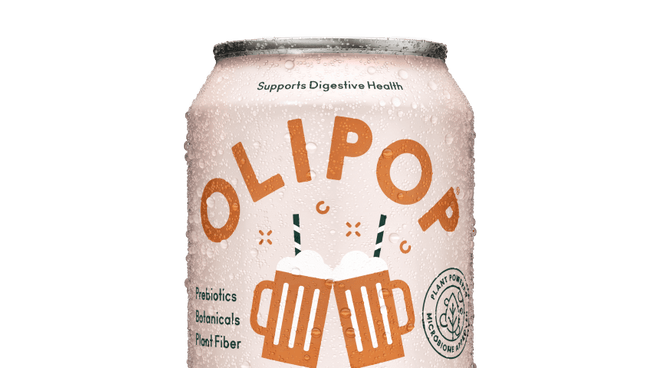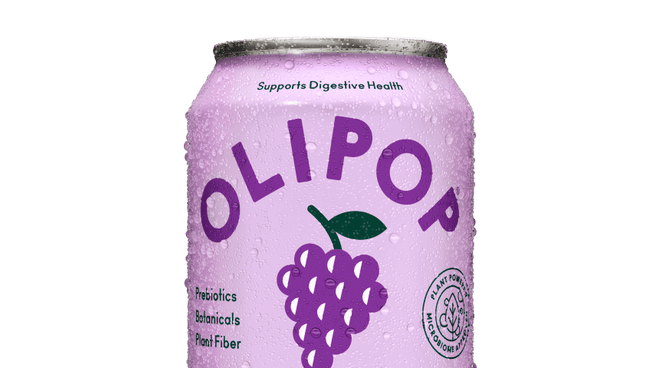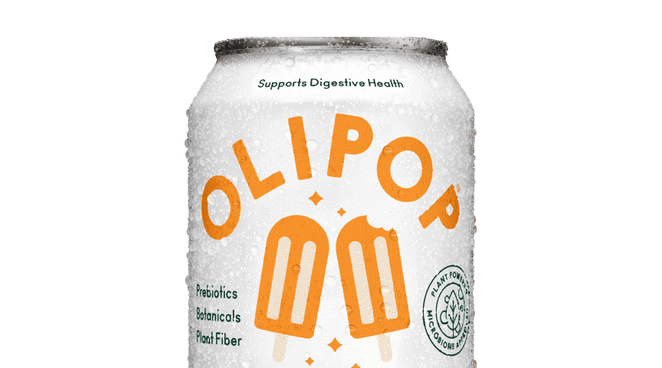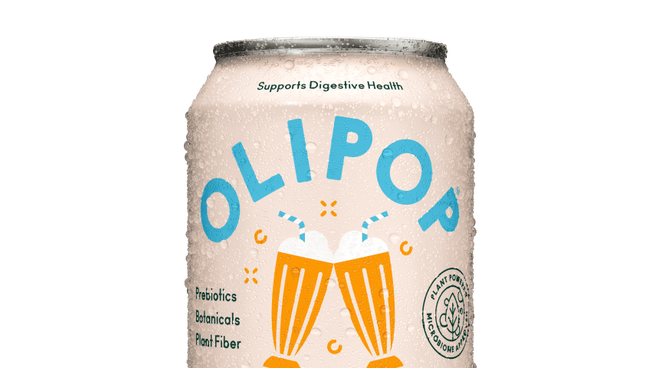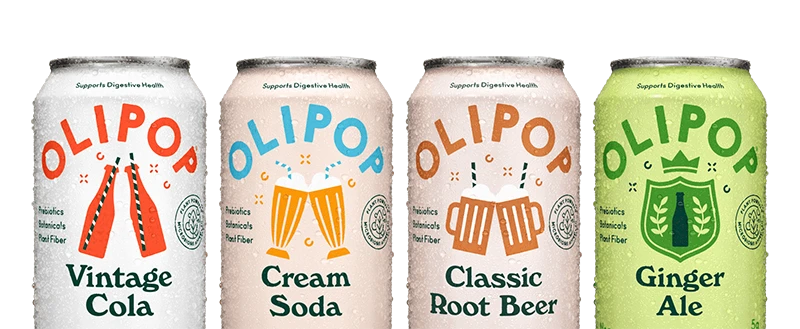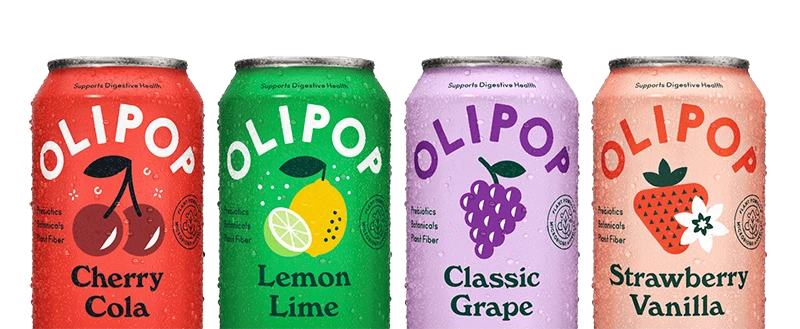Editor's Note: This article is reviewed by Lauren Manaker MS, RDN, LD, a registered dietitian and a paid contributor to OLIPOP. She specializes in digestive health and reviews OLIPOP content for scientific accuracy.
Having a sweet tooth used to mean that you had to lean on high-calorie ingredients like sugar or high fructose corn syrup to tame your craving. With time, we have discovered low and no-calorie sweeteners that don’t load our bodies with calories but provide the same amount of sweetness. (Actually, they tend to be on the order of hundreds of times sweeter than sugar.)
There are benefits of using low-calorie—also called “non-nutritive”—sweeteners. Most notably, when used in place of added sugars, they can help you cut back on your added sugar intake and lower the total number of calories in your diet.
Two popular choices now in many of our favorite sweet treats are stevia and monk fruit. Both are delicious, plant-sourced, and help limit your intake of added sugars. Although they have a lot in common, there are some distinct differences between them. If you are wondering what the difference is between monk fruit vs. stevia, you’ve come to the right place!
What Is Monk Fruit?
Monk fruit, or lo han guo, is a melon that is cultivated in Southern China. It has been grown for centuries and is thought to be named after the Buddhist monks who first cultivated the fruit 800 years ago—hence the name monk fruit.
Recently, monk fruit extract (which you may also see on nutrition labels as “Luo Han Guo Extract”) has become a popular choice as a low calorie sugar alternative. Monk Fruit contains a substance called mogrosides, which makes it 100-250 times sweeter than regular table sugar. Monk fruit is considered Generally Recognized as Safe (GRAS) by the FDA.
What Are the Benefits of Monk Fruit?
There are many reasons why monk fruit has become a popular sweetener. However, the primary reason is likely that it doesn't provide a significant amount of calories, making it a great option for individuals seeking to reduce their calorie intake.
What Are the Disadvantages of Monk Fruit?
Although monk fruit is a wonder, it does come with some (albeit very little) downside. Although it is sweet, monk fruit does not taste exactly the same way that regular sugar does. Plus, this sweetener requires a specific climate and can be costly for food companies to use. Otherwise, consuming monk fruit appears to be safe and well-tolerated.
What Is Stevia?
Stevia is a popular non-nutritive sweetener that is produced from the Stevia rebaudiana plant. It can be anywhere from 180-400 times sweeter than regular table sugar. Although it does contain some calories, it is considered to be a “zero-calorie” food because the calories per serving is so low. [3]
What Are the Benefits of Stevia?
The obvious benefit of stevia is its amazingly sweet taste with very few calories (virtually none). Plus, it is an ingredient that can easily be added to many food products and dishes.
Along with the flavor profile benefit, choosing stevia as your sweetener-of-choice comes with similar health benefits to monk fruit extract, including the ability to assist with weight management goals alongside diet and exercise.
What Are the Disadvantages of Stevia?
Stevia has GRAS status, meaning that it is generally regarded as safe by the FDA. However, similar to how some people are when they eat monk fruit, the flavor may not agree with all people’s preferences.
Are There Other Sweeteners?
Yes, there are quite a few FDA-approved sweeteners available! These include:
- Acesulfame K
- Advantame
- Aspartame
- Neotame
- Saccharin
- Sucralose
- Cassava Root Syrup
There are also several natural syrups that provide calories:
- sugar
- cane sugar
- honey
- maple syrup
- agave syrup
- fruit juice
- date syrup
Some sweeteners, like high fructose corn syrup, are linked to some unsavory outcomes, like obesity and tooth decay. Unfortunately, this type of sweetener is found in many traditional sodas and candies. Thankfully, monk fruit, stevia, and other non-nutritive sweeteners are available that do not fuel the body with sugar and calories.
How to Choose the Right Sweetener for You
If you are looking to cut calories while having a sweet treat, non-nutritive sweeteners may be a smart addition to your diet. Choosing the right sweetener for you is ultimately a personal choice that takes flavor, health risks, tolerance, and nutritional priorities into account.
For a person who wants to stick with plant-sourced remedies and ingredients, sweeteners like monk fruit and stevia will be your best bet. Both offer a unique taste without adding calories to dishes and products. Of course, every person’s body and taste preferences are unique, so with a little trial and error, you will be able to figure out which is best for you.
What Sweeteners Are in OLIPOP?
OLIPOP is a unique drink that has an amazingly sweet taste, without sugar like high fructose corn syrup. Instead, it contains stevia leaf extract and cassava root syrup, giving it an amazing taste without overwhelming your body with a ton of sugar. Plus, these bubbly and satisfying drinks contain some real fruit juice, giving them some extra sweetness and fun flavors without the need for adding artificial colors.
Monk Fruit & Stevia: The Takeaway
Monk fruit and stevia are two plant-sourced sweeteners that do not provide the body with significant calories and can be part of an overall healthy diet. Choosing foods made with these sweeteners can help support your health goals. However, keep in mind that just because a food is made with these sweeteners does not mean it is inherently healthy. Stevia- and monk-fruit-extract-sweetened foods should still be consumed with a well-balanced diet in order to reap their benefits.
Specifically, stevia and monk fruit extract are added to popular food items to add a sweet flavor without adding calories. Stevia, in particular, blends well into recipes and is an economical choice that is super-beneficial.
So, whether you are adding stevia extract or monk fruit extract to your morning coffee, choosing a soda sweetened with stevia (like OLIPOP), or swapping out refined sugar with any non-nutritive sweetener, taking small steps to reduce your sugar intake is one small change you can make that can have a big impact on your overall health.
Sources
- SL Tey et al. “Effects of aspartame-, monk fruit-, stevia- and sucrose-sweetened beverages on postprandial glucose, insulin and energy intake.” Int J Obes (Lond). Vol 41, no 3, 2017, pp. 450-457. doi:10.1038/ijo.2016.225
- Ban Q, Liu Z, Yu C, Sun X, Jiang Y, Cheng J, Guo M. “Physiochemical, rheological, microstructural, and antioxidant properties of yogurt using monk fruit extract as a sweetener.” Journal of Dairy Science. 2018.
- Saurabh Sharma, Swati Walia, Bikram Singh. “Comprehensive review on agro technologies of low-calorie natural sweetener stevia (Stevia rebaudiana Bertoni): a boon to diabetic patients.” J Sci Food Agric. Vol 96, no 6, 2016, pp. 1867-79. doi: 10.1002/jsfa.7500
- Zero-calorie or “non-nutritive” sweeteners like stevia and monk fruit can help you cut back on your added sugar intake and lower the total number of calories in your diet.
- Monk fruit extract is 100-250 times sweeter than regular table sugar and is considered Generally Recognized as Safe (GRAS) by the FDA.
- Stevia is an FDA-approved non-nutritive sweetener that is produced from the Stevia rebaudiana plant. It can be anywhere from 180-400 times sweeter than regular table sugar.




